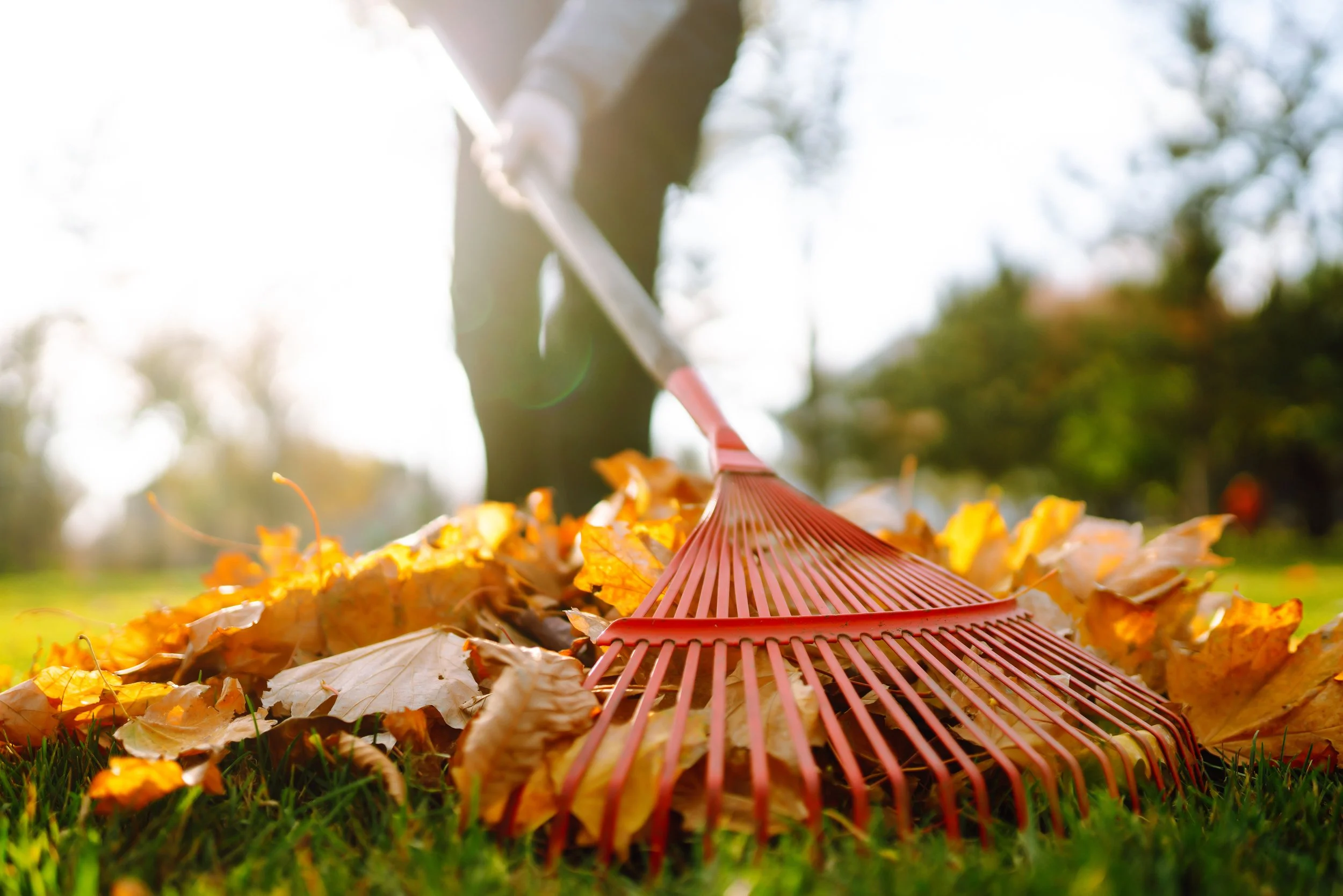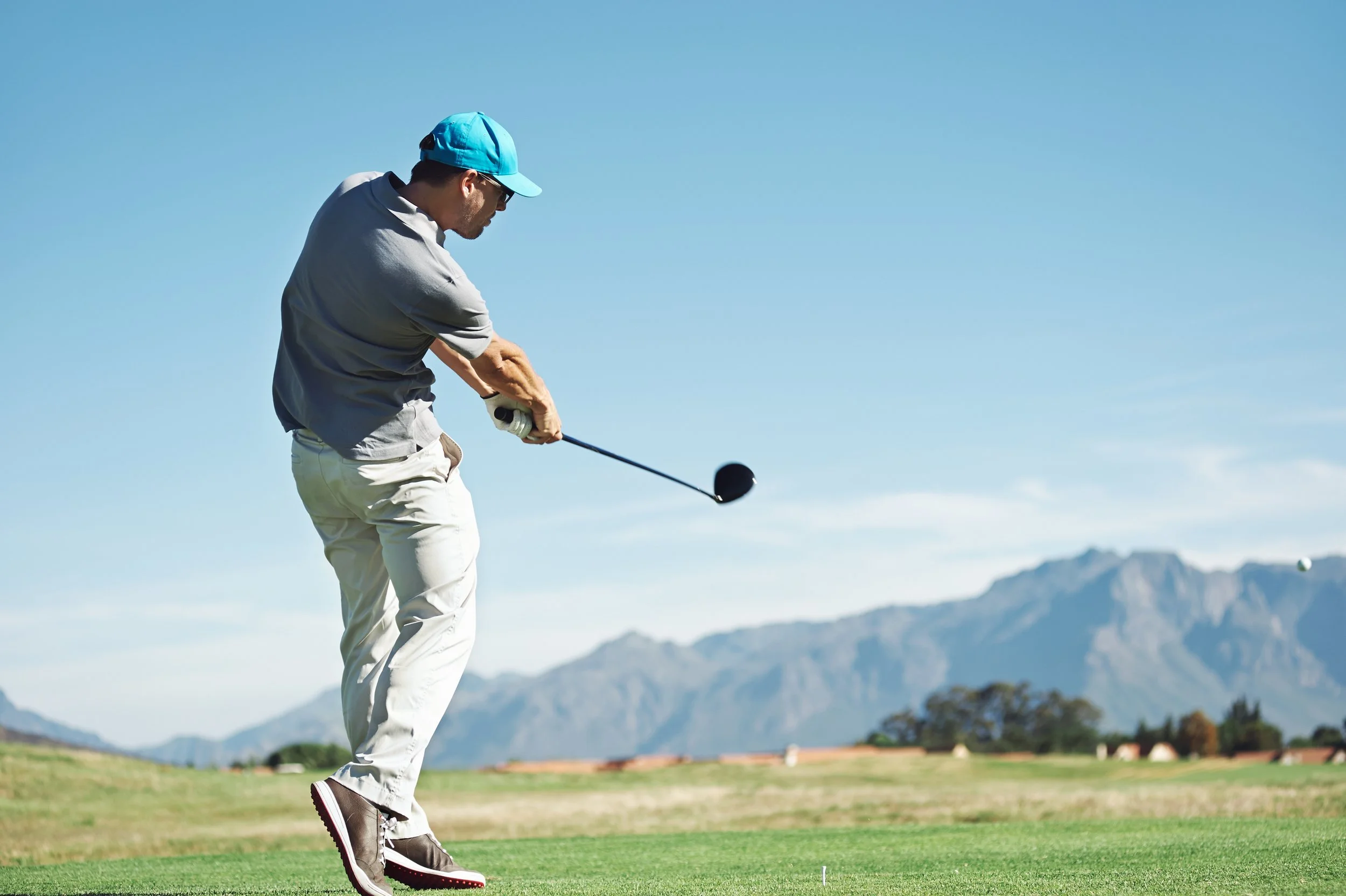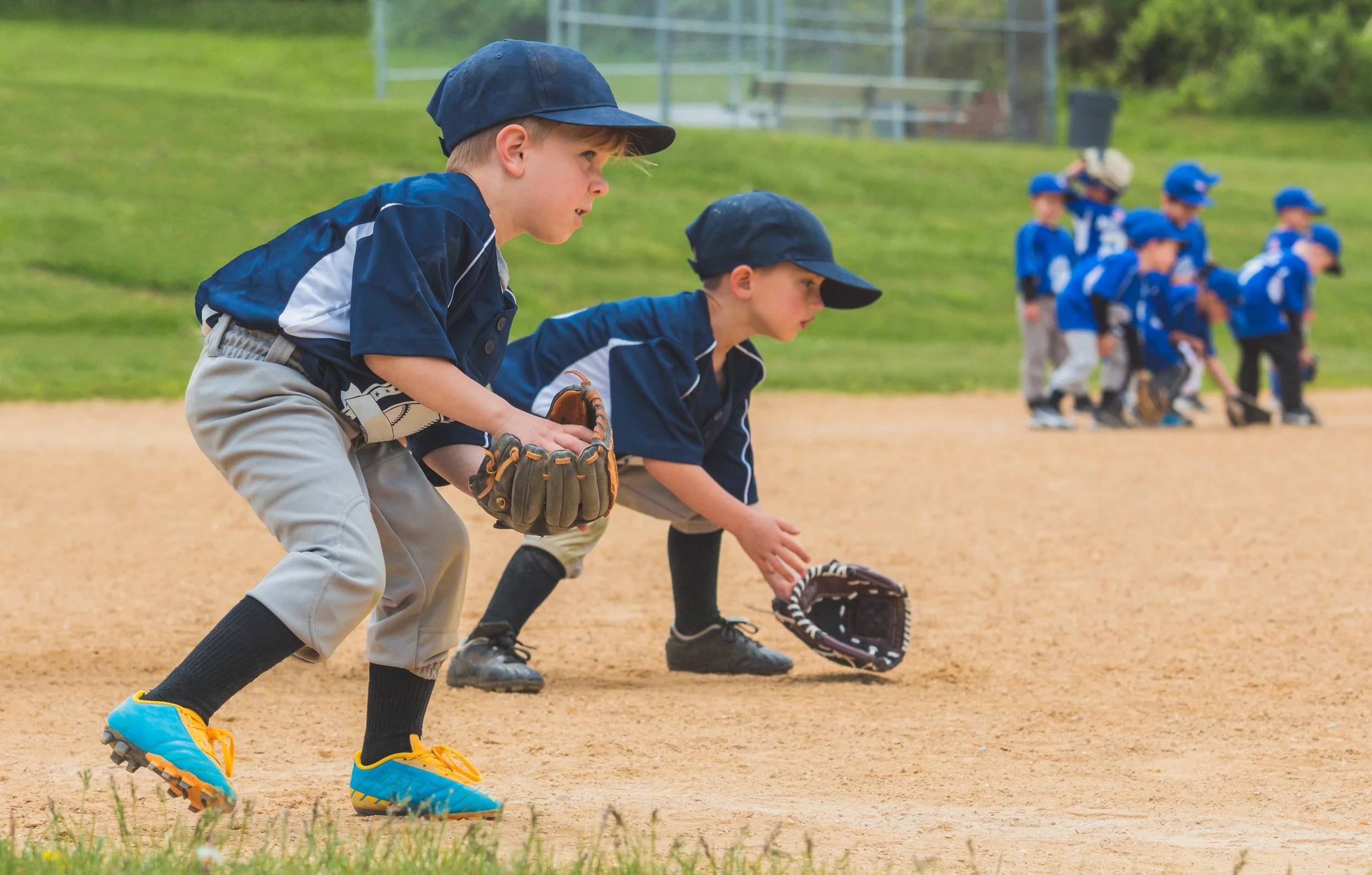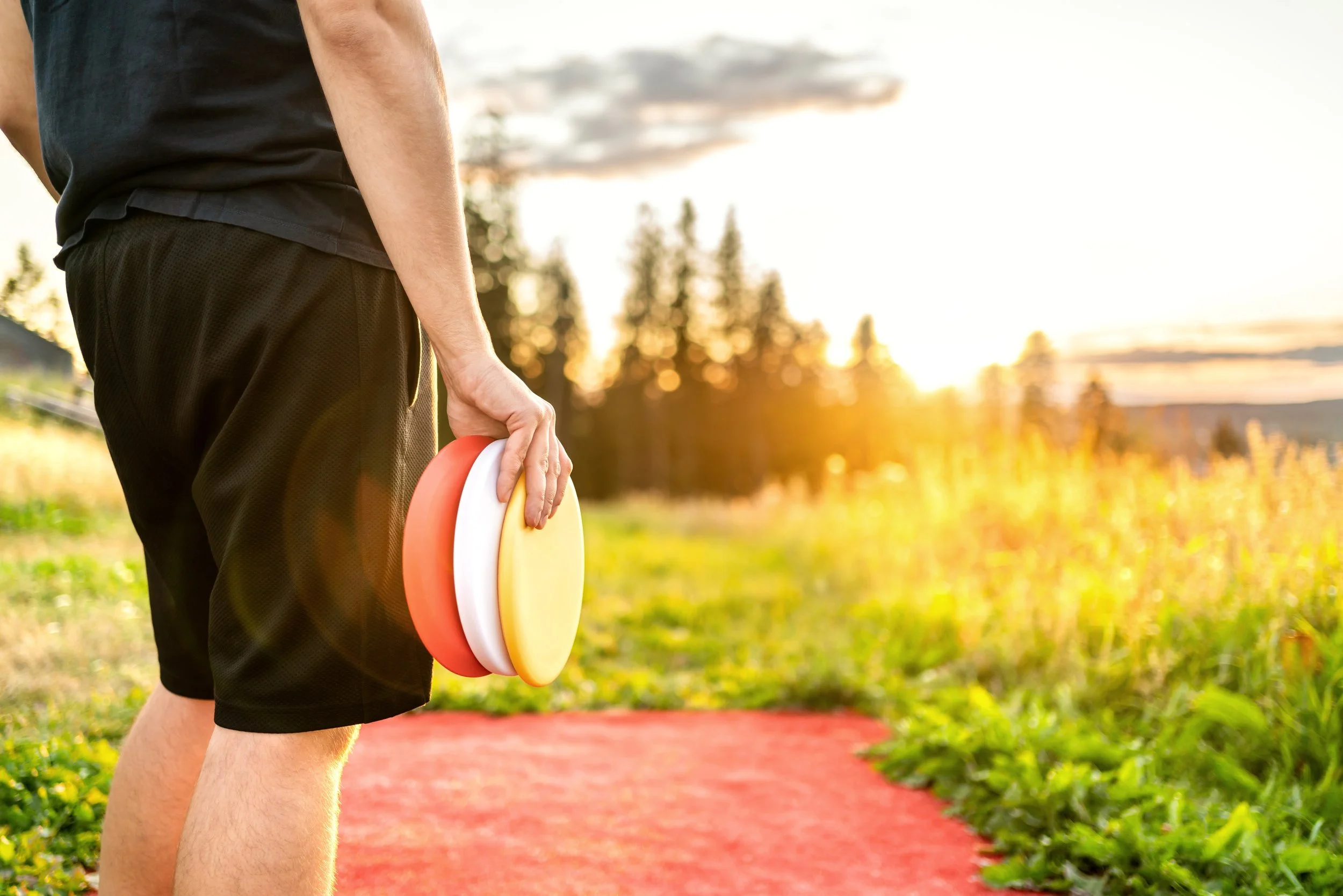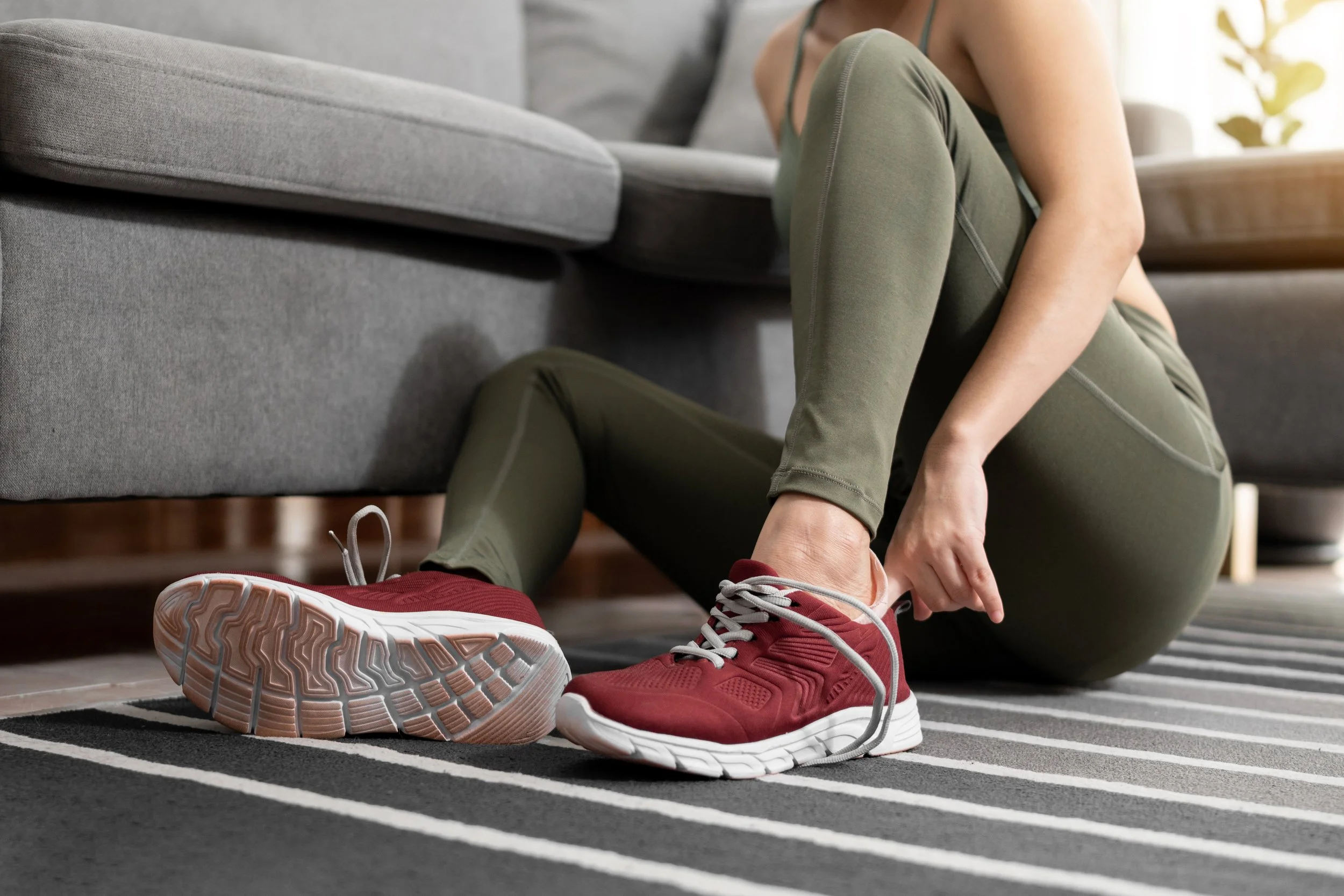It is that time of year where many people are hitting the pavement and trails ramping up for races or just general fitness goals. Some may have gutted out the wintry weather and tried to sneak in runs during breaks in the rain or indoors on the always reliable treadmill. With an increase in volume of running, we often see repetitive stress injuries that can come with inadequate attenuation of forces. If you’ve been running long enough, chances are you know someone or have a running partner who dealt with a recalcitrant tendon issue, whether involving the Achilles tendon, peroneal tendon or patellar tendon. Or maybe you had to deal with it yourself. If so, hopefully you’ve packed your patience as the process can be frustrating. If you have ever had these injuries sideline you then you know how it can hinder your ability to compete in athletic activities. It’s helpful to understand the physiology of what is happening to the tendon in order to know how best to treat it, ideally while working alongside a physical therapist familiar with running and jumping injuries.
Raking Leaves
Mark Bouma, PT takes readers through the areas to watch out for while raking leaves. The fall changes in the PNW is a time of beautiful color but also typically wet and heavy leaves.
Patellofemoral pain is largely a diagnosis of exclusion. There can be many causes of knee pain and it is important for your healthcare provider to properly assess your individual condition. Many individuals have anterior knee pain with prolonged sitting with flexed knees.
There are three common provocative diagnostic tests that are most closely correlated with patellofemoral joint pain:
Squatting
Climbing Stairs
Eccentric Step-Down Test
Research has linked several key factors that may contribute to an individual developing patellofemoral pain. These factors are not present in everybody who has symptoms, but there are often impairments in one or more of these areas found during a physical therapy exam.
Turkey Bowl
Riq Woolen: Foot & Ankle Injury
The Seattle Seahawks have been dealing with a challenging season on the injury front, and the ankle injury to standout cornerback Tariq Woolen has added yet another layer of complexity. Woolen, a key figure in Seattle's defensive scheme, has demonstrated elite skills throughout the season, allowing a league-low 27.3% completion rate and an astonishing 1.7 passer rating when targeted. His injury has not only affected the team's defensive depth but has also posed significant challenges in maintaining consistency in coverage. In this article, we delve into the details of Woolen’s injury, its implications for the Seahawks, and what the team can do moving forward.
Relative Energy Deficiency
If you're a runner, you may have heard of the Female Athlete Triad, a term once used to describe a combination of low energy availability, menstrual dysfunction, and bone health issues. However, our understanding of these conditions has evolved, giving rise to a broader concept: Relative Energy Deficiency in Sport (RED-S). This condition is not just for elite female athletes; it affects athletes of all levels and genders. Let’s break down what RED-S is, why it's important, and how you can protect yourself as a runner.
Concussions and Decisions
Football fanatics and players, we made it. We made it through the grueling summer dog days and have arrived here at the start of the season! I don't know about you, but this time of the year I always get extremely excited that football is ramping up, teams are practicing and games are in full swing. With this increase in football activity, it's inevitable that there will be an increase in sports related injuries, especially concussions. Within recent years, the sport of football has been under a lot of scrutiny about its danger to the athlete due to head trauma. Football is a violent sport with roughly 300,000 reported concussions occurring in the sport across the country per year, and 1.6 to 3.8 million cases of concussions occurring across all sports annually (as reported by UPMC sport medicine). The NFL and leagues around the country have made a valiant effort to make the game safer by implementing rules and regulations, and educating the player and coaches about proper technique to mitigate injury. Very rarely does that transcend down to the highschool, junior or peewee levels. This blog article is to help inform parents and kids about concussions, the signs and symptoms, proper recovery timeline, and proper tackling technique to help prevent concussions.
Shin Splints in Youth Football
Shin splints are characterized by pain along the inner edge of the shinbone (tibia). This condition occurs when muscles, tendons, and bone tissue around the tibia become overworked. Shin splints are common in athletes who engage in activities with a lot of running and jumping, particularly when the body is not yet accustomed to the intensity of the activity.
Strength Training for Golfers
While the game of golf has been around for several centuries, it hasn’t been til recently that the concept of a golfer training their bodies to help them with their sport has become more common. Since Tiger Woods took the game by storm almost 30 years ago, with his long drives and overall ability to dominate his competition, the world of golf fitness has also seen somewhat of an explosion. Now, golfers at almost all levels recognize that while working on their swing, chipping, and putting is important, it’s almost equally as important to put work into their bodies as well to ensure they can meet the demands of what today’s game asks of them. However, to the everyday golfer, there can still be a lot of uncertainty as to what training for the sport of golf looks like. This article aims to clarify that uncertainty and provide direction on how to dial in their gym sessions to help them on the course further.
Weighted Ball Training
Integrating weighted balls into a pitching routine can be an effective way to improve arm strength, velocity, and overall pitching performance. Here's a general guideline on how to incorporate weighted balls into your routine:
Consult with a professional: Before incorporating weighted balls into your routine, it's essential to consult with a pitching coach or a sports medicine professional who can assess your current abilities and provide guidance on the appropriate weight and progression for your specific needs.
Start with a warm-up: Begin your pitching routine with a thorough warm-up to prepare your muscles and joints for the increased stress of throwing weighted balls. Perform dynamic stretches, light cardio exercises, and arm-specific warm-up exercises to increase blood flow and flexibility.
Progress gradually: Begin with lighter weighted balls and gradually increase the weight over time. It's important not to start with weights that are too heavy, as this can lead to injury. A recommended progression might be to start with balls around 4-6 ounces and gradually increase to 8-10 ounces.
Focus on proper mechanics: Throughout your pitching routine, maintain proper pitching mechanics. The added weight of the balls may change the feel and timing of your delivery, so it's crucial to concentrate on maintaining a smooth and efficient motion. Work with a coach or use video analysis to ensure your mechanics are not compromised.
Incorporate specific drills: Use a variety of pitching drills that specifically target different aspects of your mechanics and arm strength. For example, you can incorporate long-toss drills with weighted balls to improve arm strength and distance, or use weighted balls during bullpen sessions to work on pitch command and velocity. However, ensure that you don't exclusively rely on weighted balls and include regular pitching with standard baseballs as well.
Pay attention to recovery: Pitching with weighted balls places increased stress on your arm and shoulder. Allow adequate time for recovery between sessions to avoid overuse injuries. Incorporate proper rest, stretching, and strengthening exercises for the shoulder and arm into your routine. Listen to your body, and if you experience any pain or discomfort, consult a professional.
Monitor progress: Track your progress over time by measuring factors like velocity, accuracy, and overall pitching performance. Keep a record of your pitching sessions and note any changes or improvements you observe. This feedback will help you make adjustments to your routine as needed.
Remember, integrating weighted balls into your pitching routine should be done carefully and progressively to minimize the risk of injury. Consulting with a professional and maintaining proper technique are crucial for safe and effective implementation.
Early Sports Specialization
Early Sport Specialization (ESS)
Before I explain why, lets briefly get on the same page with a definition for Early Sport Specialization (ESS). Typically ESS refers to year-round (for at least 8 months) intensive training or competition in an organized sport by young athletes (<12 years of age) while excluding all other sports.
Injury Risk
One of the most studied problems with early specialization is increased injury risk compared to peers. The biggest factor contributing to this increased risk was participation in any individual sport for greater than 8 months of the year3. This is especially true in baseball pitchers where pitching for more than 8 months per year was correlated with a 500% increase in risk for Tommy John surgery. (I discuss this and other risk factors for UCL injury in my blog “Minimizing the Risk for UCL Injuries in Throwers” *hyperlink). Across all sports there is an increased injury risk of 1.81 times in highly specialized athletes compared to their multi-sport peers5.
Raking Leaves
Mark Bouma, PT takes readers through the areas to watch out for while raking leaves. The fall changes in the PNW is a time of beautiful color but also typically wet and heavy leaves.
Patellofemoral pain is largely a diagnosis of exclusion. There can be many causes of knee pain and it is important for your healthcare provider to properly assess your individual condition. Many individuals have anterior knee pain with prolonged sitting with flexed knees.
There are three common provocative diagnostic tests that are most closely correlated with patellofemoral joint pain:
Squatting
Climbing Stairs
Eccentric Step-Down Test
Research has linked several key factors that may contribute to an individual developing patellofemoral pain. These factors are not present in everybody who has symptoms, but there are often impairments in one or more of these areas found during a physical therapy exam.
Turkey Bowl 2023
Pickleball
To learn more about pickleball and shoulder injuries, I decided to ask a local, avid pickleballer who also happens to be an expert shoulder surgeon, Dr. Samuel Koo. Dr. Koo practices at ProOrtho in Kirkland, WA where he specializes in the prevention, diagnosis, and treatment of a variety of shoulder injuries. When Dr. Koo isn’t helping the community with their shoulder injuries, you can often find him on a nearby pickleball court. Dr. Koo first found pickleball about 3 years ago after he was introduced to the game by a friend. His current pickleball addiction is fueled by his history of playing tennis and ping pong.
When asked to compare tennis and pickleball, Dr. Koo says “The biggest difference between pickleball and tennis is that tennis places a premium on the overhead shot—mainly serves and overheads at the net—while pickleball is mostly a game played below your waist.” Given the underhand nature of the game of pickleball, one would expect a lower occurrence of shoulder injuries than in tennis where overhand serving is a major component of the sport.
If you have ever played or watched a game of pickleball, this distinct difference is easy to appreciate. The shorter paddle, slower ball speed, lower net, and smaller court does not place the same demands on the shoulder, or body in general, as in tennis. With the shoulder moving through lower, quick paddle swings near the body, there tends to be less demand into the end ranges of shoulder motion which can reduce the stress on muscles and ligaments surrounding the shoulder joint. Conversely, when the arm quickly accelerates and decelerates through an overhead swing, there are greater demands on the dynamic stability of the shoulder. In pickleball, this type of racquet activity is less common.
Patellafemoral Pain Syndrome
What is Patellofemoral Pain Syndrome?
Patellofemoral pain syndrome (PFPS), also known as “runner’s knee”, is a broad term that describes pain in the front of the knee and around the kneecap. It’s one of the most common overuse injuries of the knee. Although it’s more common in individuals that participate in sports with lots of running or jumping, it can occur in nonathletes as well.
Disc Golf
Disc golf is an up and coming sport that saw incredible growth through the pandemic. Disc golf is hailed for its accessibility, ease of understanding, and relaxed pace. It can be played alone or in a group. At its core, the goal of disc golf is to get a disc (AKA frisbee) into a basket in the fewest strokes possible. Many of the game’s rules are pulled from traditional golf.
Weighted Ball Training
Integrating weighted balls into a pitching routine can be an effective way to improve arm strength, velocity, and overall pitching performance. Here's a general guideline on how to incorporate weighted balls into your routine:
Consult with a professional: Before incorporating weighted balls into your routine, it's essential to consult with a pitching coach or a sports medicine professional who can assess your current abilities and provide guidance on the appropriate weight and progression for your specific needs.
Start with a warm-up: Begin your pitching routine with a thorough warm-up to prepare your muscles and joints for the increased stress of throwing weighted balls. Perform dynamic stretches, light cardio exercises, and arm-specific warm-up exercises to increase blood flow and flexibility.
Progress gradually: Begin with lighter weighted balls and gradually increase the weight over time. It's important not to start with weights that are too heavy, as this can lead to injury. A recommended progression might be to start with balls around 4-6 ounces and gradually increase to 8-10 ounces.
Focus on proper mechanics: Throughout your pitching routine, maintain proper pitching mechanics. The added weight of the balls may change the feel and timing of your delivery, so it's crucial to concentrate on maintaining a smooth and efficient motion. Work with a coach or use video analysis to ensure your mechanics are not compromised.
Incorporate specific drills: Use a variety of pitching drills that specifically target different aspects of your mechanics and arm strength. For example, you can incorporate long-toss drills with weighted balls to improve arm strength and distance, or use weighted balls during bullpen sessions to work on pitch command and velocity. However, ensure that you don't exclusively rely on weighted balls and include regular pitching with standard baseballs as well.
Pay attention to recovery: Pitching with weighted balls places increased stress on your arm and shoulder. Allow adequate time for recovery between sessions to avoid overuse injuries. Incorporate proper rest, stretching, and strengthening exercises for the shoulder and arm into your routine. Listen to your body, and if you experience any pain or discomfort, consult a professional.
Monitor progress: Track your progress over time by measuring factors like velocity, accuracy, and overall pitching performance. Keep a record of your pitching sessions and note any changes or improvements you observe. This feedback will help you make adjustments to your routine as needed.
Remember, integrating weighted balls into your pitching routine should be done carefully and progressively to minimize the risk of injury. Consulting with a professional and maintaining proper technique are crucial for safe and effective implementation.
Couch to 5K
Like many of us do in the New Year, I made it a goal to become more healthy and active in 2023. One of my goals was to Become A Runner– a tall order for me. To be completely honest, running and I haven’t had the best relationship. For me, running had to involve chasing a ball to be interesting… football, basketball, volleyball, softball, even spikeball. Running for the sake of running itself has never been at the top of my list. I’ve come up with a lot of excuses to avoid it: running is boring, it’s no fun to run on a track/treadmill, and most frequently, “running hurts my…(insert painful body part of the week)”. At the time, I automatically assumed that jogging would exacerbate my pain, rather than help it. However, as a physical therapist I have plenty of opportunities to treat runners, and have helped each return to their sport one by one. With my resolutions this year, my thoughts began to shift: if I could help others manage their injuries and return to running, then why couldn’t I do the same for myself? I decided to take on the challenge of performing my own case study, with myself as the patient: Can this couch potato successfully build his way to running a 5k?
Patellofemoral Pain Syndrome
What is Patellofemoral Pain Syndrome?
Patellofemoral pain syndrome (PFPS), also known as “runner’s knee”, is a broad term that describes pain in the front of the knee and around the kneecap. It’s one of the most common overuse injuries of the knee. Although it’s more common in individuals that participate in sports with lots of running or jumping, it can occur in nonathletes as well.
Mom Posture
There are a number of body changes that mothers experience during and after their pregnancies that can cause unique challenges and that often get overlooked in prenatal and post-partum care. These challenges involve increasingly new spine stresses, adaptations, and difficulties maintaining a “neutral spine”.
A neutral spine is the ability to maintain the natural curves of the spine that allow for shock absorption when we stand and walk and allow for our center of mass to be maintained at our belly button region. Women are often challenged through their pregnancies to maintain neutral spine postures due to the fast changing size of the babies and the increased distribution of weight in their mid section.
Baseball Pre-Season
As we approach early March, it may seem difficult to believe, but baseball and softball season is rapidly approaching. Before you know it, the local diamonds will be full of kids, teens, and so on, playing the game they love. With the excitement of the beginning of the season looming, a common question that may come up for parents is “How can I get my child ready for this upcoming season?” This can be a particularly difficult thing to navigate for parents and children alike as there are many opinions they can get from coaches, teammates, doctors, and so on. The goal of this article is to provide a clear set of principles that parents and coaches can use to guide their child’s preparation for this upcoming spring.



